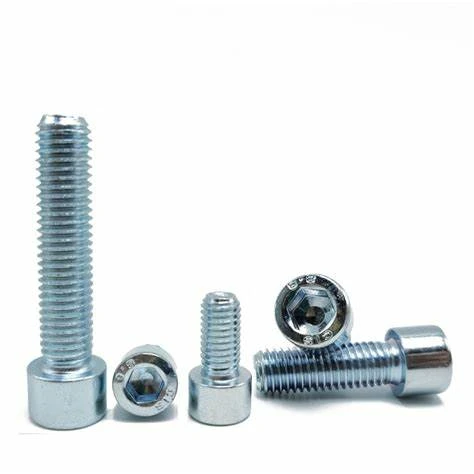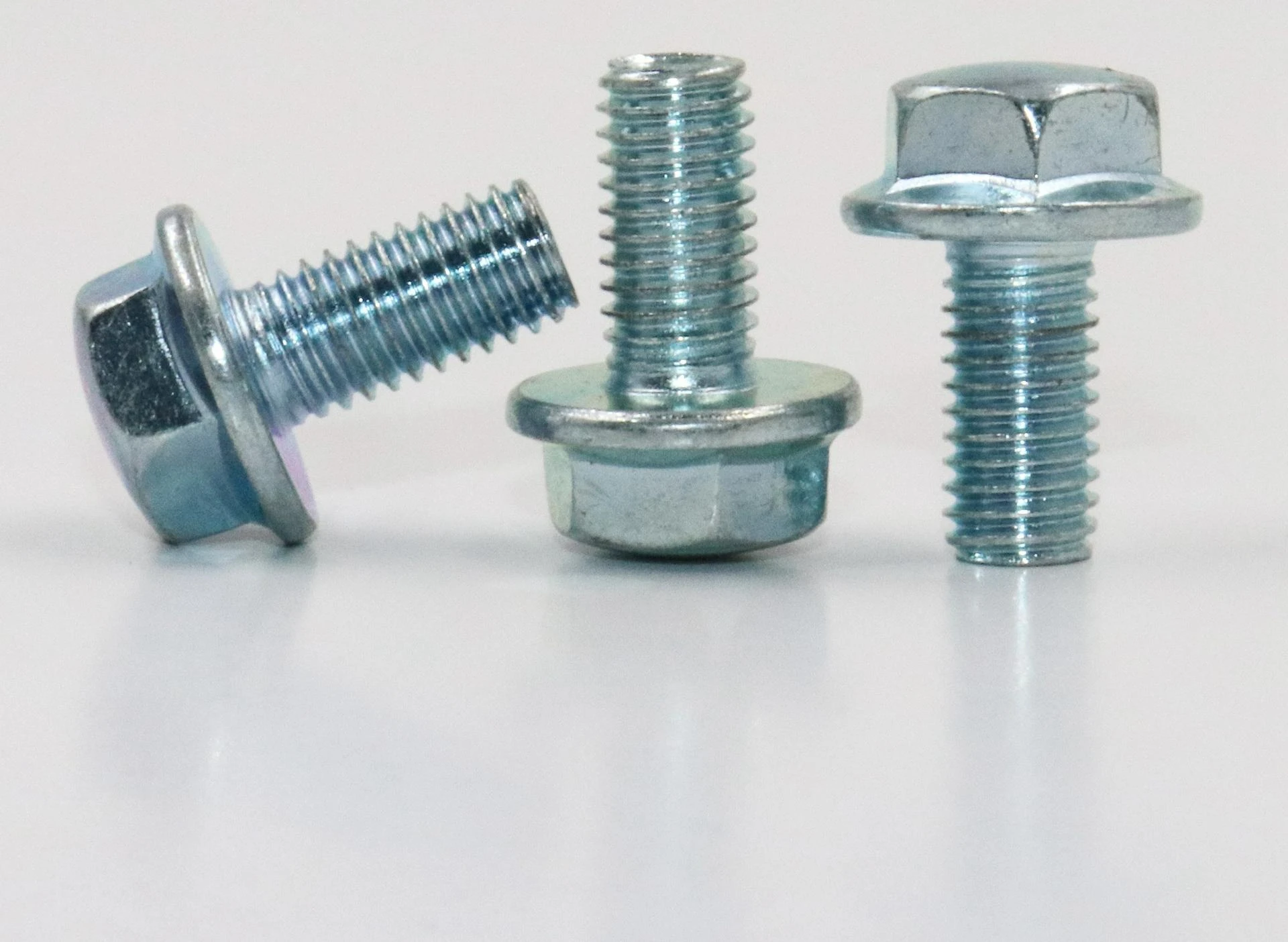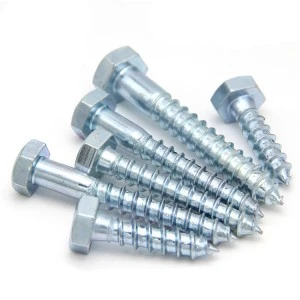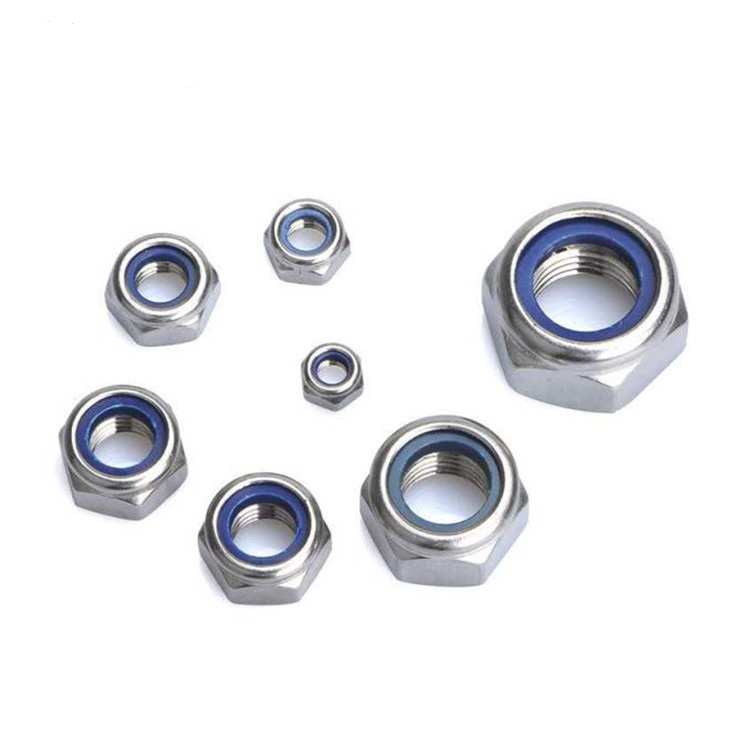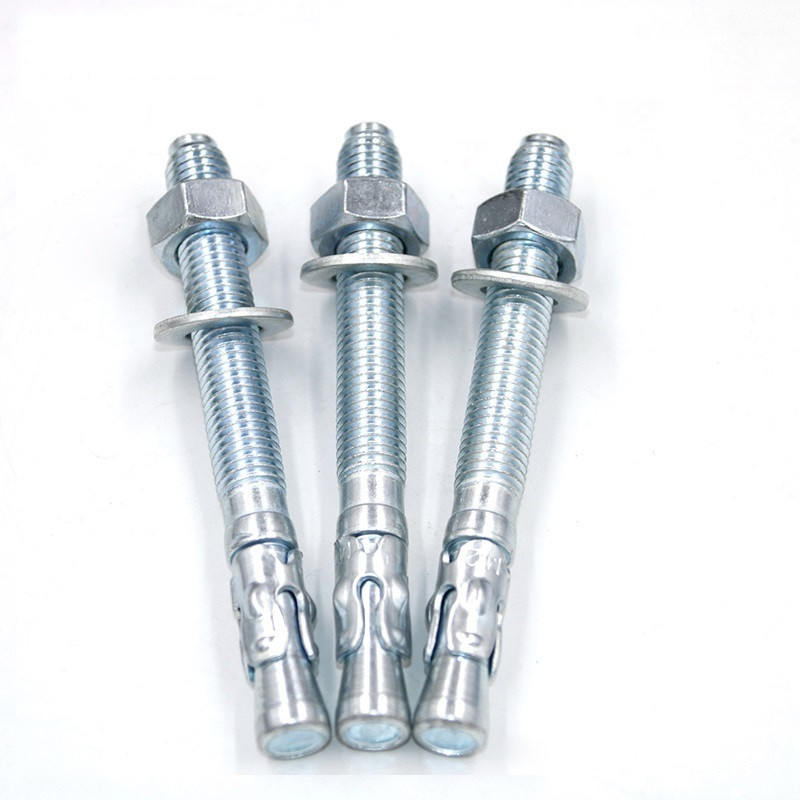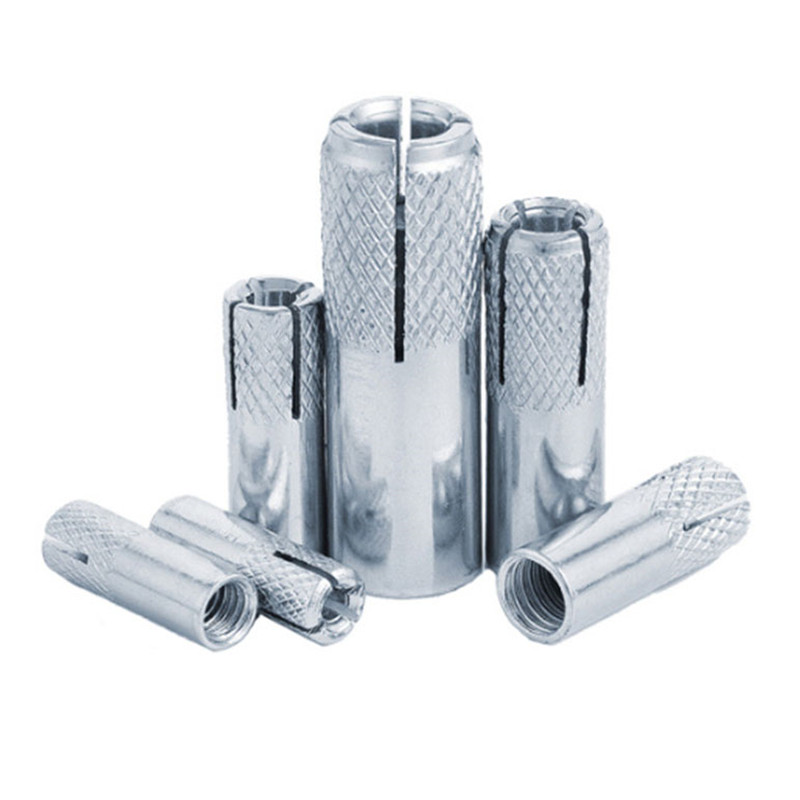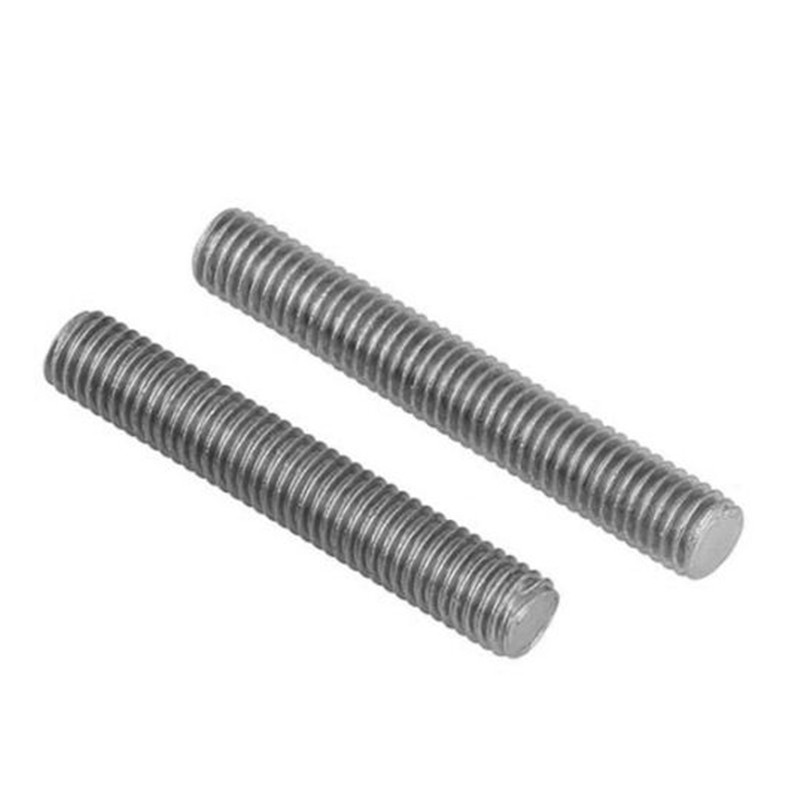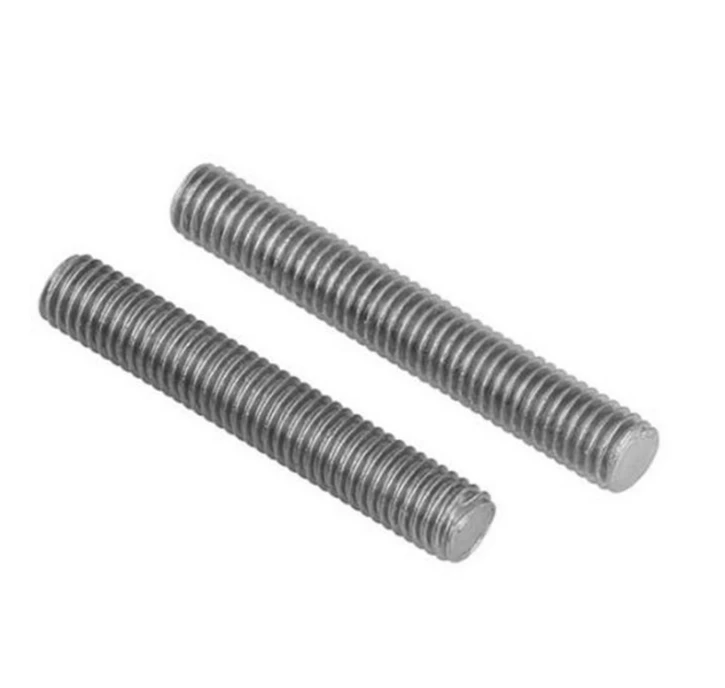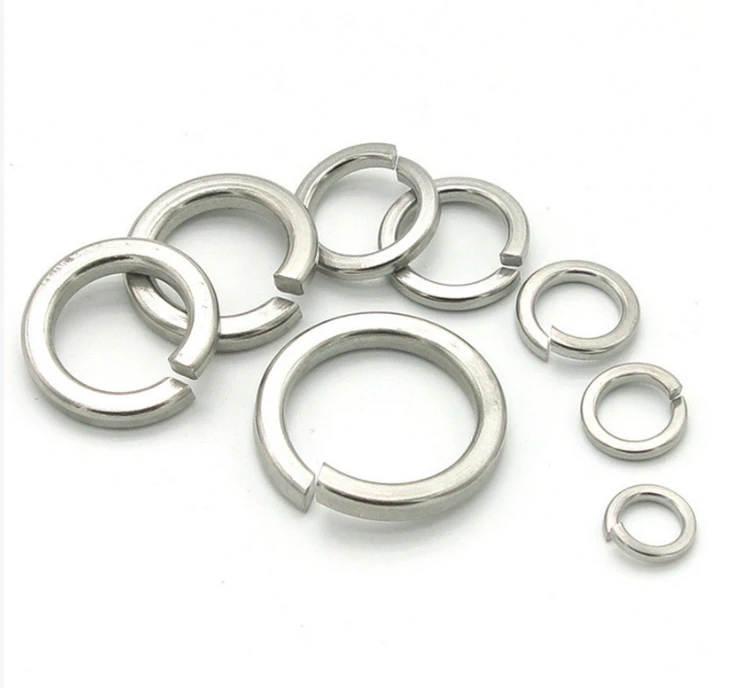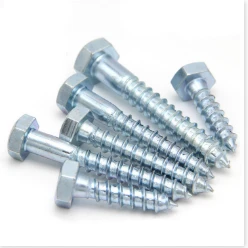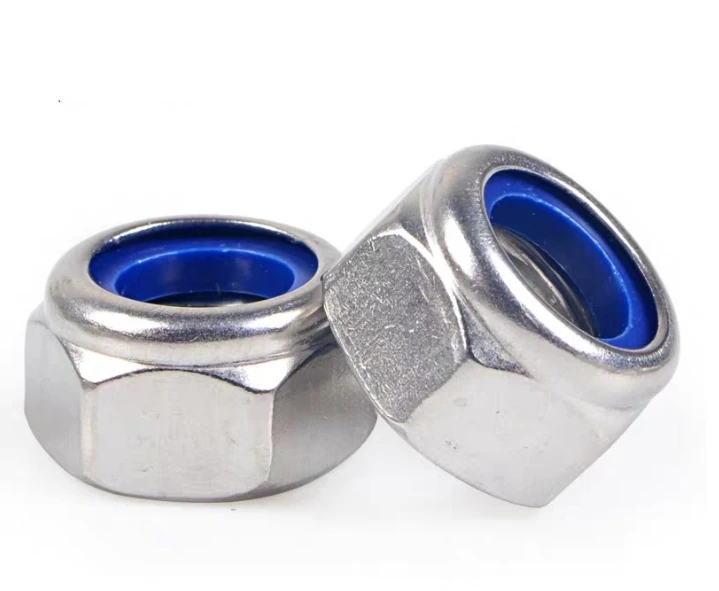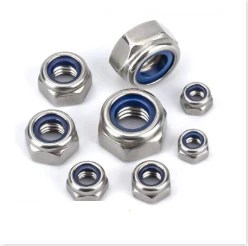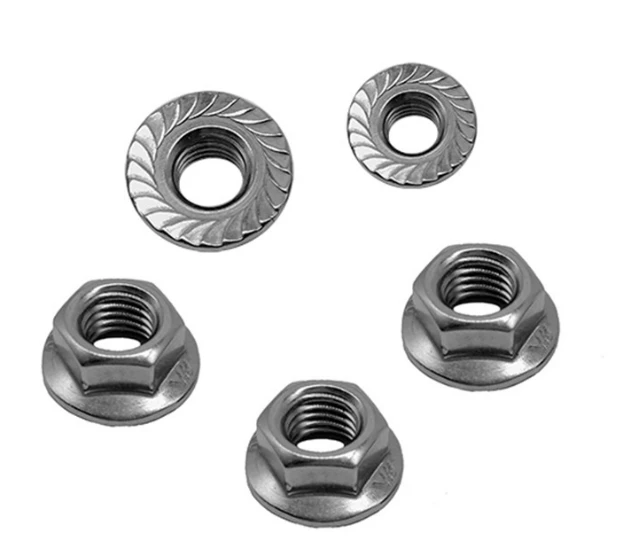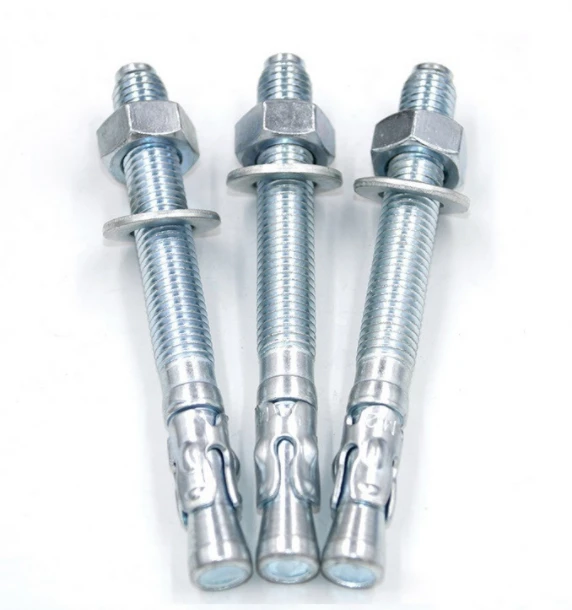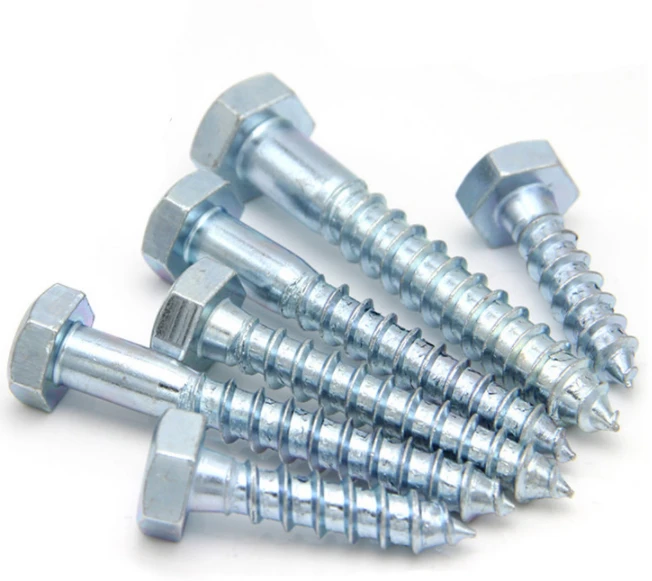Threaded rods are essential components for many applications in construction, manufacturing, and engineering. Understanding the different types of threaded rods, including stainless steel, left-hand threaded rods, and concrete anchors, can help you make the right choices for your projects. This guide will walk you through the key types and their benefits.
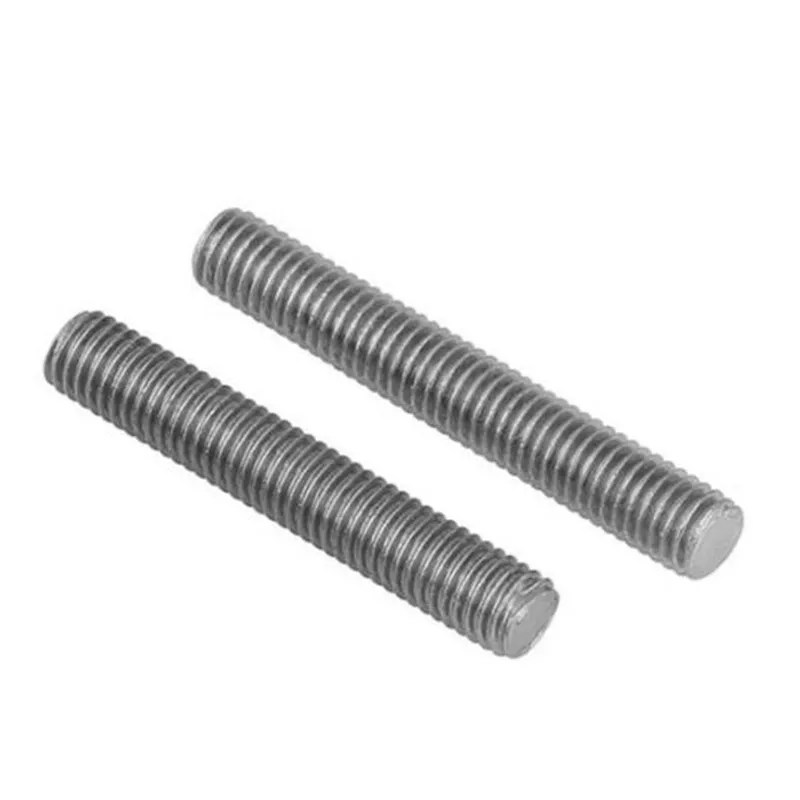
Understanding Threaded Rods
Threaded rods are long, straight rods with continuous threads running along their entire length. They are primarily used to fasten or connect components securely, often in combination with nuts and washers. Threaded rods come in various materials and finishes, making them suitable for a wide range of industries and applications. Their strength, customization options, and ease of installation make them indispensable in both large-scale projects and smaller DIY tasks.
Stainless Steel Threaded Rods: Durable and Corrosion-Resistant
Stainless steel threaded rods are favored for their outstanding resistance to corrosion, rust, and extreme temperatures. These rods are ideal for environments where durability is key, such as in marine, chemical, or food-processing industries. The use of stainless steel ensures that the threaded rods maintain their integrity over time, even when exposed to harsh elements or corrosive materials.
Left-Hand Threaded Rods: For Specialized Applications
A left-hand threaded rod has threads that rotate counterclockwise, unlike standard right-hand threads. These rods are used in applications where components must rotate in the opposite direction to prevent them from loosening under vibration or pressure. Commonly used in automotive and machinery applications, left-hand threaded rods are an essential part of many industries that require secure, non-loosening connections.
Threaded Rod Concrete Anchors: Ensuring Secure Foundation Connections
Threaded rod concrete anchors provide the strength needed to secure bolts, brackets, and other components to concrete surfaces. These anchors are available in various types, such as expansion, wedge, and sleeve anchors, and are commonly used in construction projects to provide stability to structures. They are made from high-strength materials like stainless steel, ensuring long-term durability and resistance to corrosion, even in outdoor or industrial settings.
All Thread Anchors for Concrete: Versatile and Adjustable
All thread anchors for concrete are another excellent solution for securing components to concrete. With continuous threads running the entire length of the rod, these anchors offer flexibility and the ability to adjust their length to meet project requirements. All thread anchors for concrete are ideal for heavy-duty applications, offering superior strength and the ability to be used with a variety of nuts and washers for a secure fit.
Threaded Rods FAQs
What is the difference between right-hand and left-hand threaded rods?
The main difference is the direction of the threads. Right-hand threaded rods rotate clockwise, while left-hand threaded rods rotate counterclockwise. Left-hand threads are used when components need to remain secure under rotational forces in the opposite direction.
Why should I choose stainless steel for threaded rods?
Stainless steel threaded rods are chosen for their resistance to corrosion, rust, and extreme temperatures. They are ideal for use in harsh environments, offering superior durability compared to other materials.
Can threaded rods be customized to different lengths?
Yes, threaded rods can be easily customized to specific lengths, allowing them to fit the unique requirements of your project. This flexibility makes them ideal for various applications.
What are the common applications for threaded rod concrete anchors?
Threaded rod concrete anchors are typically used in construction to secure bolts and other components to concrete surfaces. They provide the strength necessary to stabilize structures and hold heavy equipment in place.
How do I select the right all thread anchors for concrete?
When selecting all thread anchors for concrete, consider factors such as load-bearing capacity, environmental conditions, and installation methods. These anchors offer versatility and can be customized to different lengths for various applications.
In conclusion, understanding the different types of threaded rods, including stainless steel threaded rods, left-hand threaded rods, and threaded rod concrete anchors, is essential for any construction or engineering project. Their versatility, strength, and durability make them indispensable tools for fastening and securing components. Whether you’re working on a large construction site or a smaller DIY project, choosing the right threaded rod is key to ensuring the stability and longevity of your work.
Visit our website to explore our range of high-quality threaded rods and anchors. Let us help you find the perfect solution for your next project!
Post time: Mei . 12, 2025 16:34


